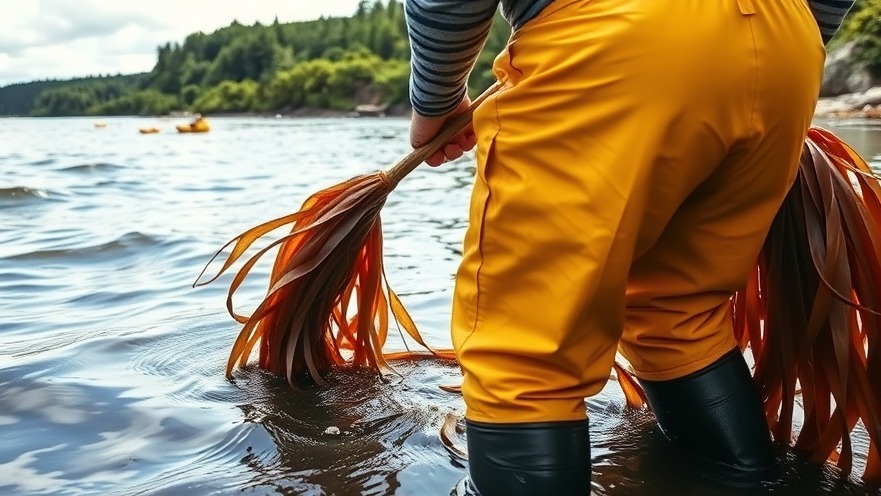
Why Are Western Monarch Butterflies Disappearing?
The plight of the Western monarch butterfly has reached alarming levels, drawing significant attention from conservationists and environmentalists alike. A recent study published in the journal Environmental Toxicology and Chemistry reveals that pesticides are likely behind the mass die-off of these iconic butterflies, which has been observed in alarming numbers over the past few years.
Research Findings: The Dangers of Pesticides
In January 2024, hundreds of dead or dying monarch butterflies were discovered near the Pacific Grove Monarch Sanctuary in California. Researchers conducted rigorous testing, utilizing advanced techniques such as gas chromatography and mass spectrometry, and found that these butterflies carried residues of a disturbing mix of 15 different pesticides, including neurotoxic chemicals like bifenthrin, cypermethrin, and permethrin. The fact that each butterfly had an average of seven different pesticides at or near lethal levels highlights the dire situation that these insects find themselves in.
The Broader Implications for Biodiversity
Monarch butterflies are not just beautiful creatures; they play a crucial role in the ecosystem as pollinators. With their population declining by nearly 95% since the 1980s, the impact on biodiversity is profound. The decline in pollinator populations can have cascading effects on the health of other species and crops, potentially affecting food supplies. The U.S. Fish and Wildlife Service has warned that without significant intervention, Western monarchs face a staggering 99% chance of extinction by 2080.
Rallying for Change: A Call for Action
Given the mounting evidence linking pesticides to the deaths of Western monarchs, it’s essential for public awareness and advocacy for policy changes to increase. Preserving habitats, establishing nature reserves, and promoting sustainable agricultural practices are vital actions that can contribute to the conservation of these butterflies and other pollinators. As boutique hospitality professionals, your role can be pivotal: fostering eco-tourism that emphasizes sustainability and environmental consciousness can not only support businesses but also help preserve natural ecosystems.
How You Can Make a Difference
Creating a space that welcomes Western monarchs and other wildlife can start with simple changes in your gardens or hospitality settings. Practices like chaos gardening, which focuses on planting a variety of native plants without an overly manicured landscape, can support local ecosystems and butterfly populations. Encouraging guests to connect with nature not only enhances their experience but builds awareness on the importance of biodiversity conservation.
The Future of Monarch Butterflies: Hope or Despair?
While the future of the Western monarch butterfly is uncertain, there is hope if action is taken. By engaging in practices that promote climate awareness and support biodiversity, society can pave the way for healthier ecosystems and a recovery of the monarch population. Every little effort counts, from reducing pesticide use in your community to spreading knowledge about the plight of endangered species.
Conclusion: Engage and Inspire
As advocates for change and sustainability, it is critical to stay informed and support efforts aimed at conserving our natural world for future generations. This doesn’t just benefit the monarchs but enriches our understanding and appreciation of the delicate balance of life on Earth. Now is the moment to take action; every choice we make can ripple out to affect change.
 Add Row
Add Row  Add
Add 




Write A Comment